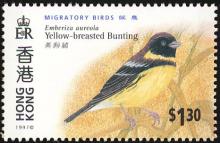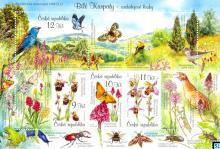Earth’s biggest amphibian disappearing
- Lees meer over Earth’s biggest amphibian disappearing
- Login om te reageren
The Chinese giant salamander (Andrias davidianus) is one of the more prehistoric-looking animals that is still around today. These ancient creatures – dating back 170 million years – are amphibians that can grow up to six feet long and weigh 140 pounds. They’ve been depicted in Chinese culture for thousands of years, but have now become a highly coveted delicacy amongst the country’s wealthy. As a result, they have all but disappeared from their freshwater habitats.










